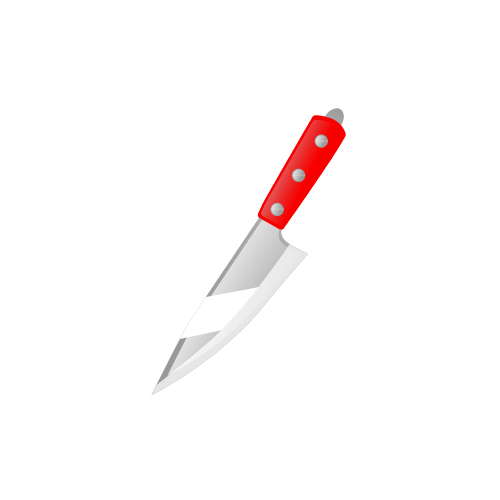Introduction: Sharpening tools and knives is a skill that has been honed over millennia. From the earliest stone tools to the sophisticated sharpening equipment of today, the journey of sharpening is as old as civilization itself. In this post, we delve into the fascinating history of this essential practice, tracing its evolution and understanding its significance through the ages.
The Origins of Sharpening: Our story begins in prehistoric times when early humans discovered the need for sharp tools for survival. These first tools were simple – rocks chipped and flaked to create cutting edges. The discovery of how to sharpen and maintain these tools was a significant leap forward for humanity, enabling more efficient hunting, cutting, and crafting.
Evolution Through the Ages: As civilizations advanced, so did their sharpening techniques. The Bronze Age introduced metal tools and weapons, bringing with it the need for more advanced sharpening methods. The development of iron tools in the Iron Age required even more sophisticated sharpening techniques, as iron was harder and held an edge longer than bronze.
In ancient times, sharpening stones, often natural sandstone or whetstone, were widely used. These stones were rubbed against the tool's edge to sharpen it. Different cultures developed their unique styles and methods, with some even becoming renowned for their superior sharpening techniques, such as the famed Damascus steel of the Middle East.
Modern Sharpening Technologies: The industrial revolution marked a significant turning point. Sharpening technology evolved rapidly with advancements in metallurgy and engineering. The introduction of motorized grinding wheels and later, diamond-coated sharpeners, allowed for more precise and efficient sharpening.
Today, we have a plethora of sharpening tools at our disposal, from traditional whetstones to sophisticated electric sharpeners and laser-guided systems. The modern era has seen a blend of age-old techniques with cutting-edge technology, offering options for both traditionalists and those seeking the latest in sharpening convenience.
The Future of Sharpening: As we look to the future, sharpening tools are set to become even more advanced. Innovations in materials science, such as the development of ultra-hard materials, promise even more effective and long-lasting edges. Automation and AI could also play a role, offering precision sharpening tailored to individual tools and uses.
Conclusion: The art of sharpening is a testament to human ingenuity and adaptability. From rudimentary stone tools to the high-tech sharpeners of today, the journey of sharpening mirrors our own journey as a species. It's a story of survival, innovation, and the relentless pursuit of improvement. As we continue to evolve, so too will our tools and the ways we keep them sharp – a sharp reflection of our civilization's edge.

